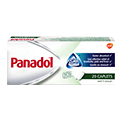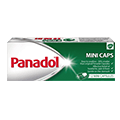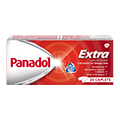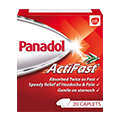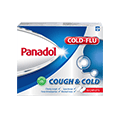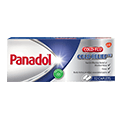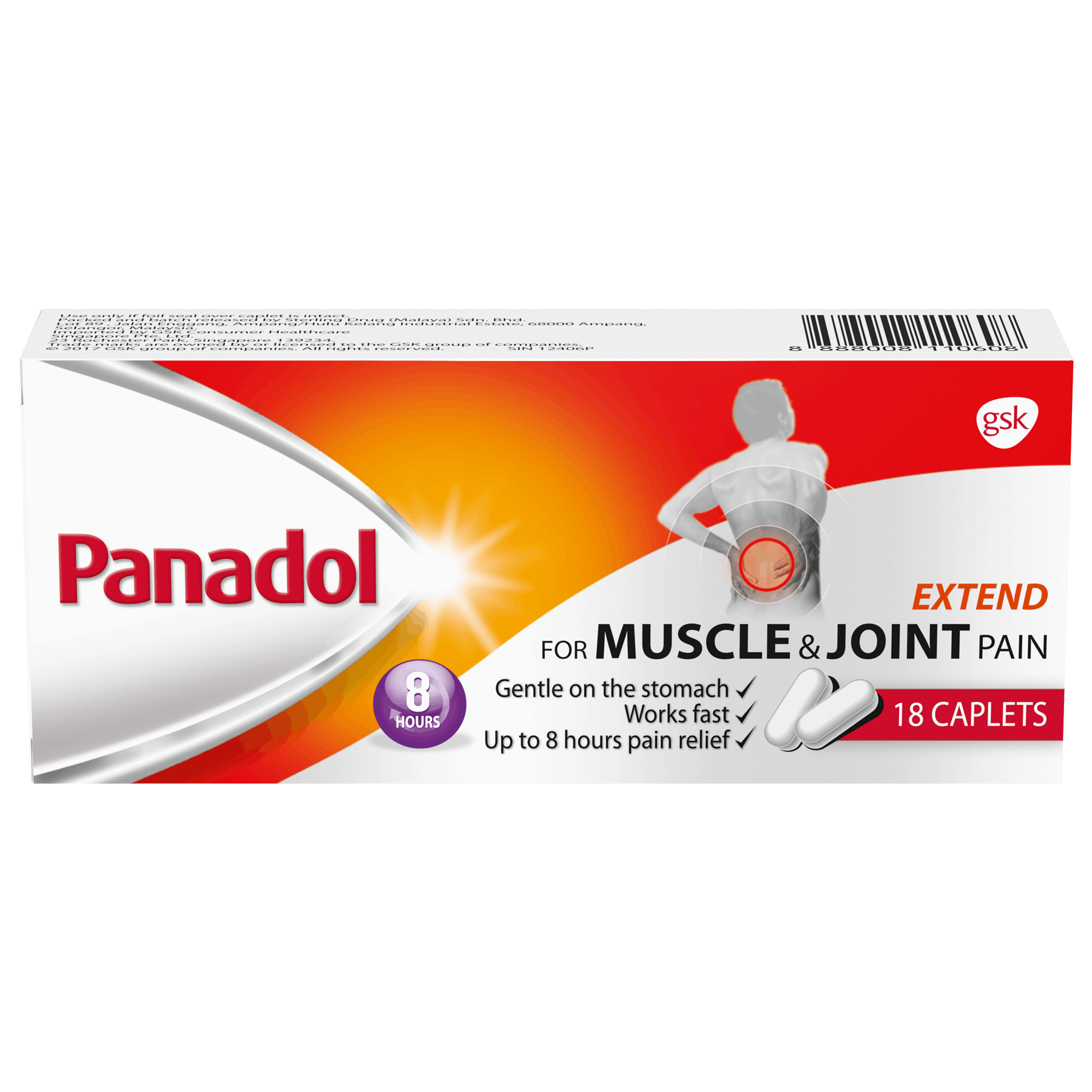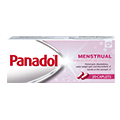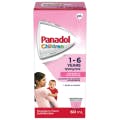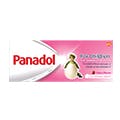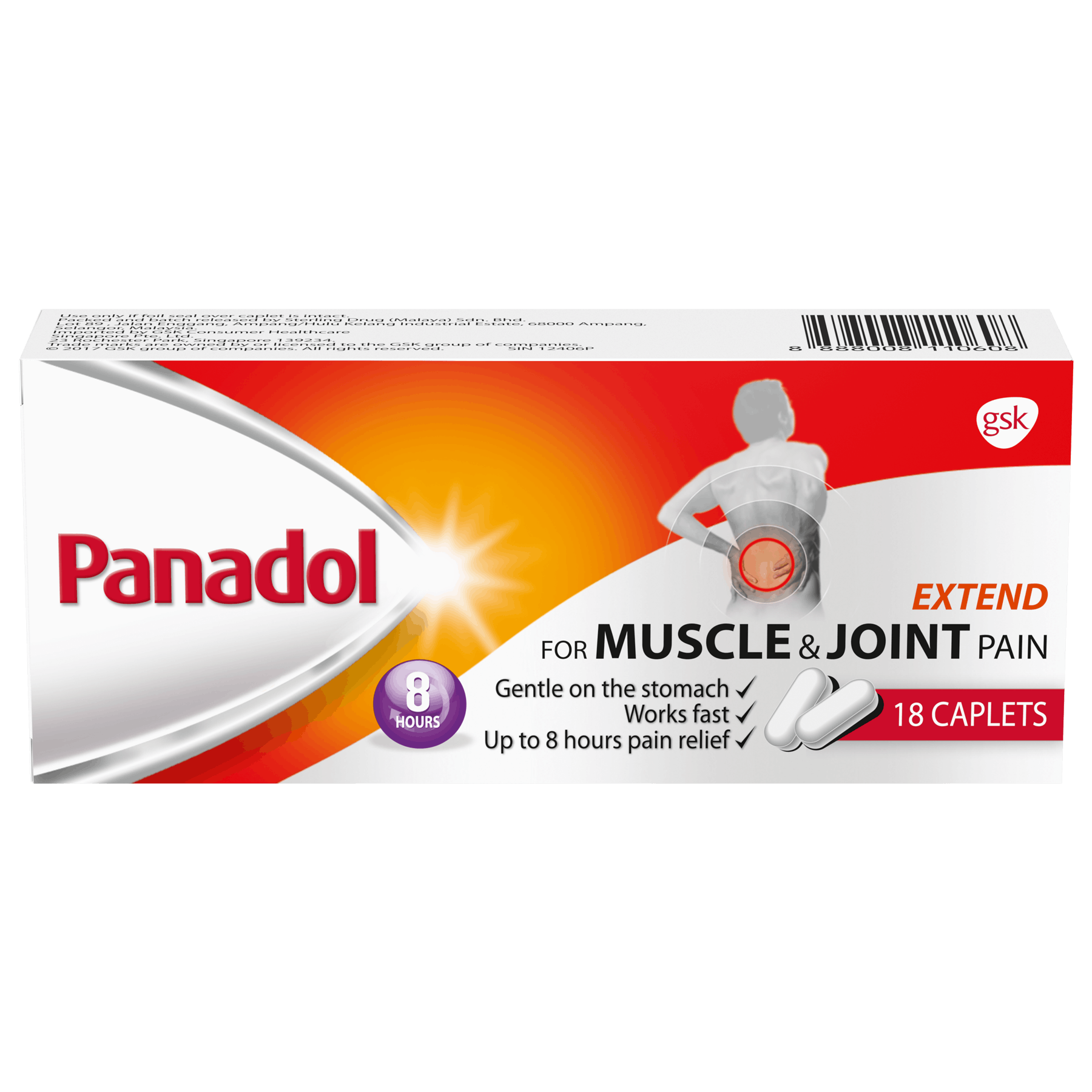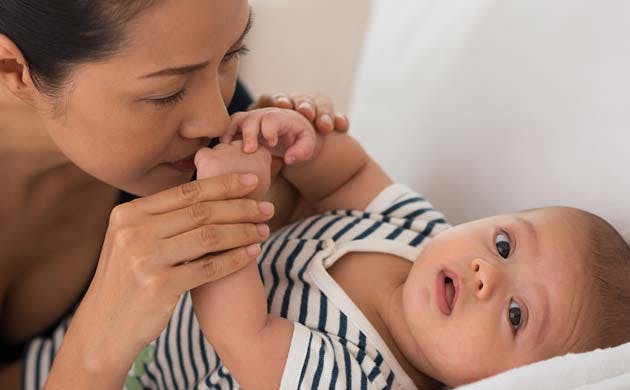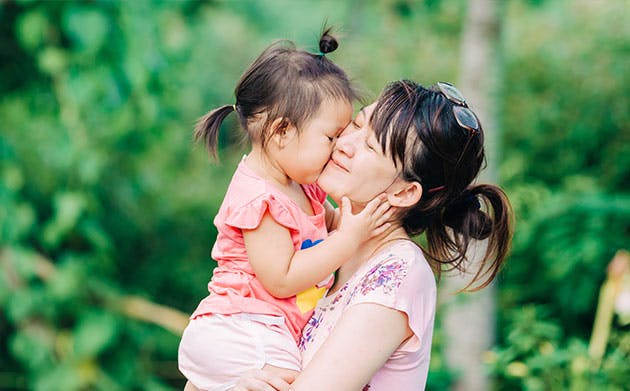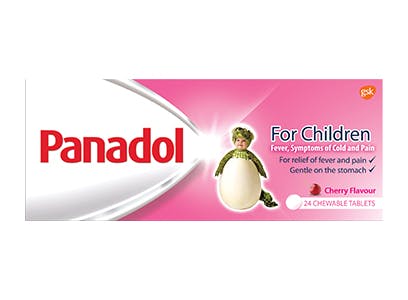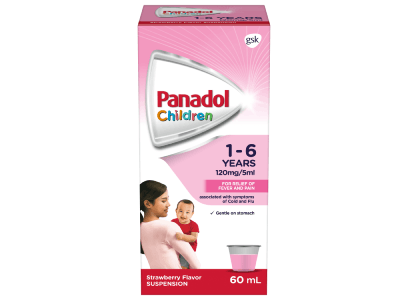

Panadol Children's Suspension 1-6 Years

Panadol Chewable Tablets

Panadol Children’s Suspension 1-12 Years

Panadol with Optizorb

Panadol Mini Caps

Panadol Soluble

Panadol Extra with Optizorb

Panadol ActiFast

Panadol Cold & Flu Hot Remedy

Panadol Cough & Cold

Panadol SinusMAX

Panadol Cold Relief PE

Panadol Extend

Panaflex Patch

Panadol Menstrual

Panadol Cold Relief PSE
Compare Now (0/5)
- Product
- Format
- Age
- Key Features
- Ingredients

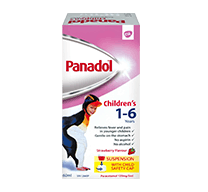
Panadol Children's Suspension 1-6 Years
- Suspension
- 1-6 Yrs
- Gentle on the Stomach
- Active Ingredient: 120 mg/5 ml Paracetamol
- No Alcohol.
- No Aspriin.

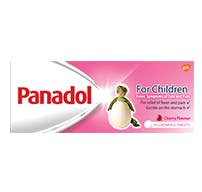
Panadol Chewable Tablets
- Chewable Tablets
- 2-12Yrs
- Gentle on the Stomach
- Active Ingredient: 120 mg Paracetamol

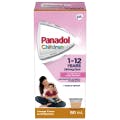
Panadol Children’s Suspension 1-12 Years
- Suspension
- 6 -12 Yrs
- Gentle on the Stomach
- Active Ingredient: 250 mg/5ml Paracetamol

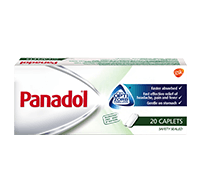
Panadol with Optizorb
- Caplets
- 12+ Yrs
- Quicker Absorption
- Active ingredient: 500mg Paracetamol

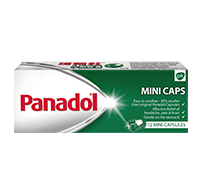
Panadol Mini Caps
- Caplets
- 12+ Yrs
- Easier to Swallow
- Active ingredient: 500mg Paracetamol
- No gluten, lactose or sugar

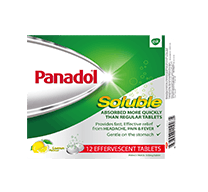
Panadol Soluble
- Effervescent Tablets
- 12+ Yrs
- Quicker Absorption
- Active ingredient: 500mg Paracetamol


Panadol Extra With Optizorb
- Caplets
- 12+ Yrs
- Fights Tough Pain
- Active ingredient: 500mg Paracetamol, 65mg Caffeine


Panadol ActiFast
- Caplets
- 12+ Yrs
- Absorbed 2x Faster
- Active ingredient: 500mg of Paracetamol.

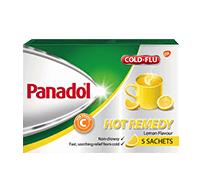
Panadol Cold & Flu Hot Remedy
- Powder Sachet
- 12+ Yrs
- Hot Drink
- Active ingredient: 750mg Paracetamol, 10mg Phenylephrine HCI, 60mg Vitamin C

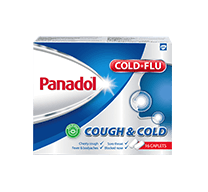
Panadol Cough & Cold
- Caplets
- 12+ Yrs
- Multi-Symptomatic Relief
- Active ingredient: 250mg Paracetamol, 5mg Phenylephrine HCI, 100mg Guaiphenesin

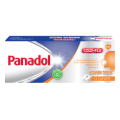
Panadol SinusMAX
- Caplets
- 12+ Yrs
- Sinus Pain
- Active ingredient: 500mg Paracetamol, 5mg Phenylephrine HCI

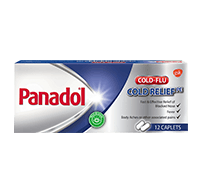
Panadol Cold Relief PE
- Caplets
- 12+ Yrs
- Relief of Cold & Flu Symptoms
- Active ingredient: 500mg Paracetamol, 5mg Phenylephrine HCI


Panadol Extend
- Caplets
- 12+ Yrs
- Long-Lasting Relief
- Active ingredient: 665mg Paracetamol


Panaflex Patch
- Patch
- 12+ Yrs
- Back Pain Remedy
- Active ingredient: 1.5% w/w Glycol Salicylate, 1.0% w/w L-Menthol, 0.5% w/w DL-Camphor, 0.3% w/w DL-α- Tocopherol Acetate (Vitamin E)

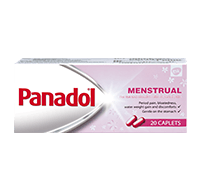
Panadol Menstrual
- Caplets
- 12+ Yrs
- Relief Period Pain
- Active ingredient: 500mg Paracetamol, 25mg Pamabrom


Panadol Cold Relief PSE
- Caplets
- 12+ Yrs
- Relief of Blocked and/or Runny Nose and Other Cold Symptoms
- Active ingredient: Paracetamol 500mg, Pseudoephedrine hydrochloride 30mg
Minimise

Fever
The normal body temperature is between 36.5°C and 37.5°C. In healthy kids, fevers usually don't indicate anything serious. While it can be worrying when your child's temperature rises, a fever can actually be a good thing — it's often the body's way of fighting infections that are triggered by germs such as the flu virus. High fever, however, can make a child very uncomfortable and worsen problems such as dehydration.
CHILDREN’S FEVER – WHEN TO SEE A DOCTOR
If your child has a temperature of over 37.5°C (measured orally), chances are your child has a fever. This is very common, and in most cases the symptoms will clear up on their own.79,80
Temperature taking
There are various ways to take children’s temperature and check for symptoms of fever:80
- Orally. The thermometer is inserted under the tongue, the mouth is closed and a reading is taken.
- Rectally. The thermometer is gently inserted into the rectum (child’s bottom) and a reading is taken.
- Armpits. The thermometer is placed under the armpit and the arm is held against the side of the body while a reading is taken.
- Ears. A digital thermometer is inserted into the ear and a reading is taken.
It is important to remember that the temperature can vary according to the part of the body where it is measured, so always take the temperature at the same site.
A fever is the body’s way of helping your child fight off infections and illnesses. It works by raising the temperature and making it difficult for bacteria and viruses such as the flu virus to thrive. You should seek medical help in managing the fever if your child:79-82
- is under six months of age and has baby fever
- has a high fever of over 40°C
- has convulsions
- acts very sick, or is lethargic and difficult to wake
- has a stiff neck, headache, rash, repeated vomiting or diarrhoea
- has a fever that has not changed in over two days
- has loss of appetite or stomach pain
- has earache
- has difficulty breathing
- cries inconsolably
If the doctor determines that a virus is causing your child’s fever, there is often no better treatment than plenty of rest and fluids. The doctor may also prescribe treatment for fever such as paracetamol, which can help to make your child feel more comfortable.81
Tips to treat fever at home
You can also make your child or infant feel more comfortable by:81
- dressing them in loose, light clothing
- giving them plenty of clear fluids
- giving them a lukewarm bath or bathing their forehead with a lukewarm sponge
Try not to use a cold sponge as this will have the opposite effect and actually raise their temperature.81

